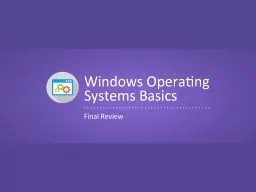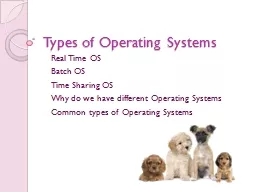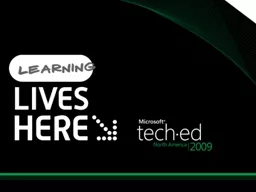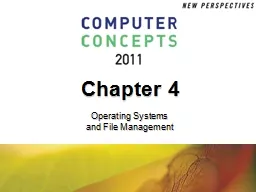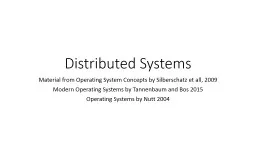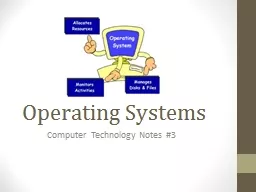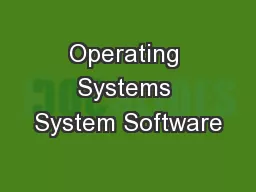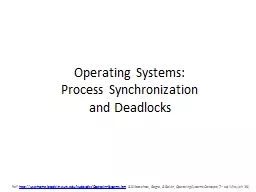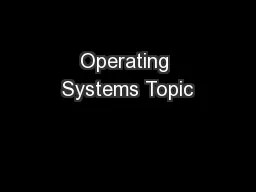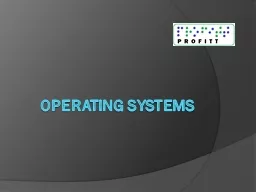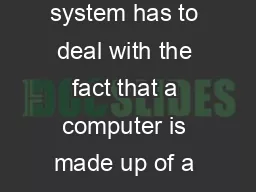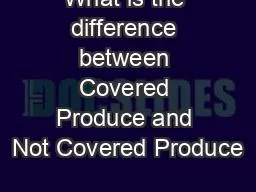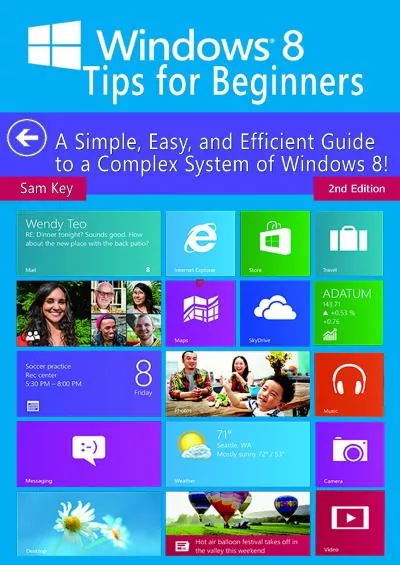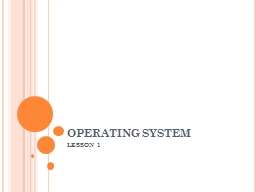PPT-Objectives To review concepts covered in the Windows Operating Systems units.
Author : fullyshro | Published Date : 2020-06-24
Windows Is a Microsoft operating system with a graphical user interface GUI operating systems are software which manages a devices memory processes and hardware
Presentation Embed Code
Download Presentation
Download Presentation The PPT/PDF document "Objectives To review concepts covered in..." is the property of its rightful owner. Permission is granted to download and print the materials on this website for personal, non-commercial use only, and to display it on your personal computer provided you do not modify the materials and that you retain all copyright notices contained in the materials. By downloading content from our website, you accept the terms of this agreement.
Objectives To review concepts covered in the Windows Operating Systems units.: Transcript
Download Rules Of Document
"Objectives To review concepts covered in the Windows Operating Systems units."The content belongs to its owner. You may download and print it for personal use, without modification, and keep all copyright notices. By downloading, you agree to these terms.
Related Documents

